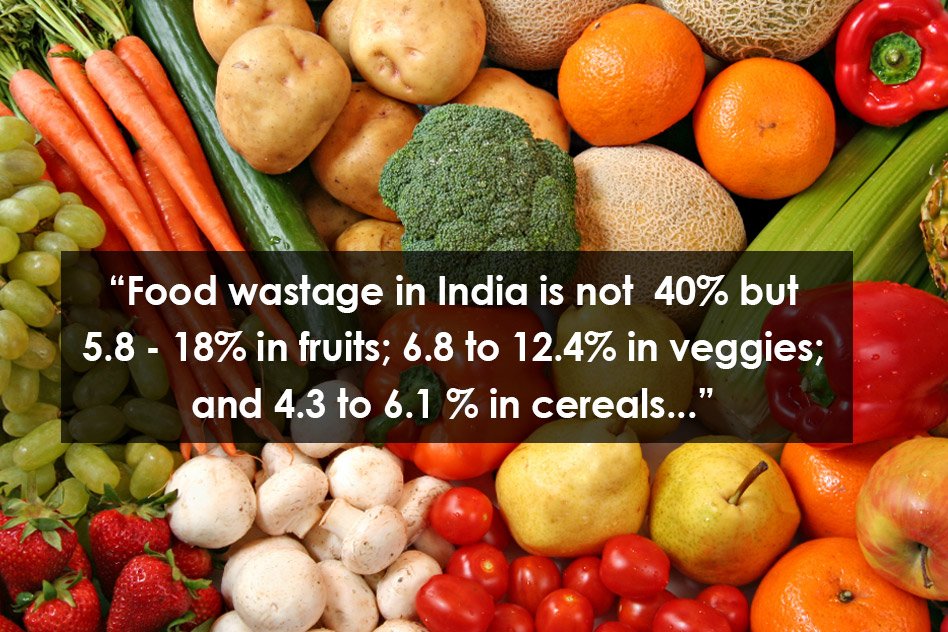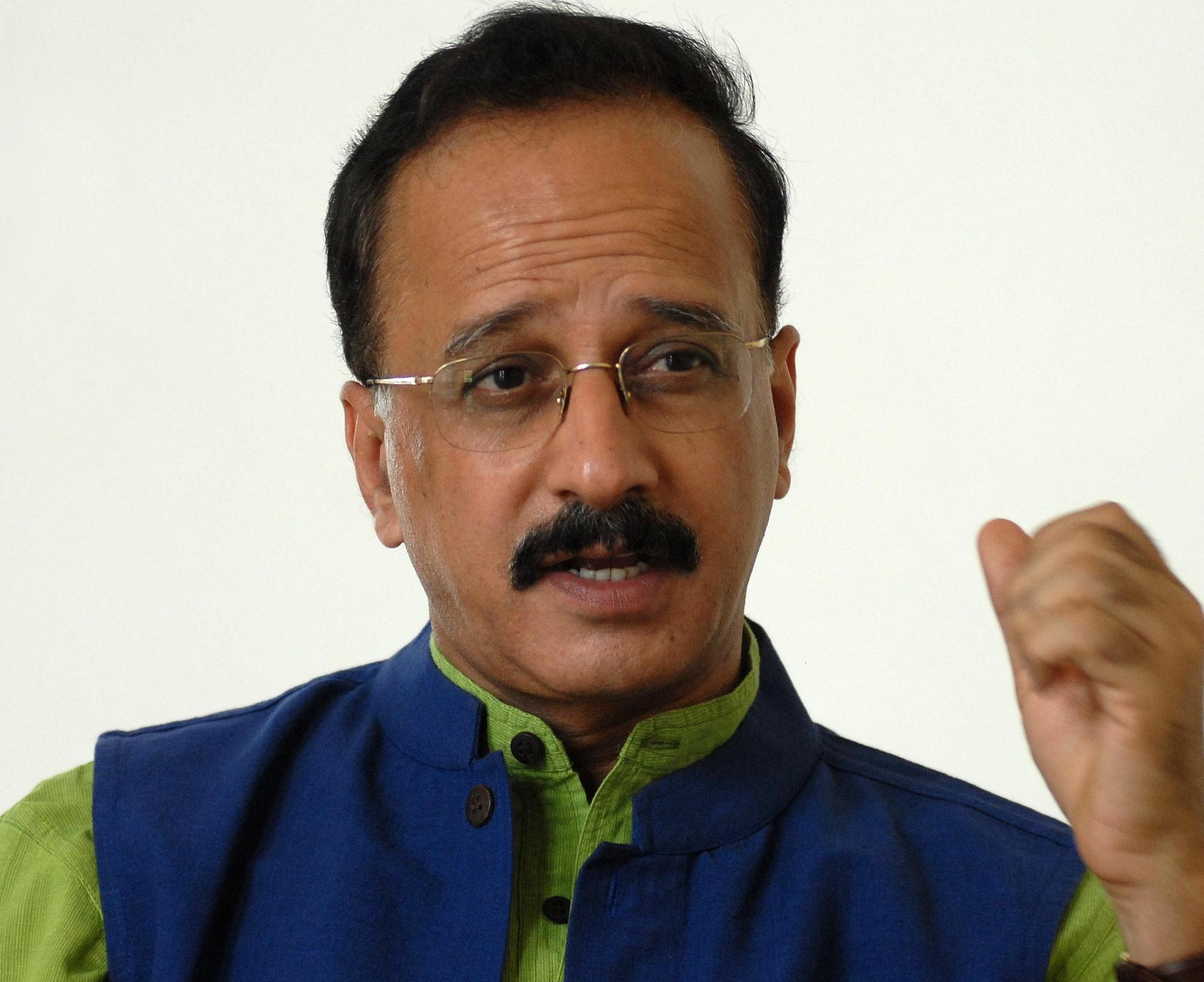
If Lack Of Food Processing Leads To Food Wastage, Why Half The Food In America Ends Up In Landfills?
28 April 2017 12:24 PM GMT
Even this is high. We must make all efforts to move towards Zero waste –IBTL slide
The moment you talk of food wastage, the first thing we are told is that food goes waste in India because of an appalling shortage of cold chain facilities, and limited food processing capacity. The dominant narrative is so strong that talk of food wastage and it immediately leads to a renewed demand for opening up to FDI in multi-brand retail. All this makes me wonder whether the entire debate on food wastage is actually designed to provide more tax concessions, subsidies and acquire land for the food processing and retail industry.
If lack of food processing capacity is behind enormous quantities of food getting wasted, I don’t see any reason why half the food grown in America should end up in the landfills. After all, FDI in multi-brand retail that India is planning to open up to also comes from America. How come then much of the food that is wasted in America is at the processing, supermarket and at the household levels, which means it gets thrown away during processing or gets wasted in supermarkets. I am not against food processing but to promote it in the name of reducing food wastage is something that we must learn to avoid.
In America, like elsewhere in the world, the food processing industry actually wastes more food then what it processes. A lot of food wastage is not at the farmer’s level but is happening further up in the food chain, with processing industries and retailers only wanting A-grade vegetables, fruits and agricultural commodities to be procured. Fruit and vegetables are often discarded on cosmetic grounds because the industry thinks nobody will buy them. Food industry looks up for perfection in quality norms and no wonder what is rejected is called ‘ugly’.
In India, the food processing industry is no different. It follows the same quality standards and norms. When eChaupal for instance used to buy soyabean from farmers it rejected the produce that did not conform to quality parameters like grain size. There is no decline in the nutrients in the rejected soyabean. It’s only the cosmetic preferences that eChaupals laid out to which farmers had to conform to. So when I hear the excitement over the Ministry of Food Processing approving 42 mega food parks, I realize that the aim is not to reduce food wastage but to cater to a growing industrial demand.
Let’s also be clear that processed food is costlier which means it cannot fill the hungry stomachs that we are worried about.
In India, where 212 million people are officially categorized as malnourished or undernourished, food wastage is certainly criminal. If every grain of food that is wasted in India can be saved it surely will lead to a situation where by it can then be made available to feed a large proportion of the hungry millions.
I am glad Prime Minister Narendra Modi did not talk of food processing industry being vital to reducing food wastage when he expressed concerns at the enormous quantity of food being wasted. Addressing the nation through the latest Mann Ki Baat programme he said: “I feel that the awareness on this issue should increase. I know a few young people who are working in this direction as they have developed a mobile app with which they arrange collection of leftovers. You will find such people all over India. Their work can inspire us not to waste food?”
What the Prime Minister said merits consideration. I completely agree with him that the challenge is to sensitize the nation, to inculcate a feeling that ‘wasting food is anti-social and injustice to poor’. There is no need to enact laws on curbing food wastage but the challenge is to build up a national campaign. This can be done by adopting a three-pronged approach:
1) Prime Minister must start awarding/naming people and groups which are engaged in collecting food leftovers from hotels, restaurants, supermarkets and from marriage halls distributing it among the poor and needy. Private sector must be encouraged to provide financial support for such activities through the CSR programmes.
2) Launch a nationwide drive, using the electronic as well as the social media, to educate the people on reducing food wastage at home. Since much of the food wastage happens at the household level, such a social awareness campaign can be imaginatively drawn and promoted.
3) Create mass awareness about how essential (as well as healthy) it is for the people to cook at home. The more families get away from industrially processed foods, the more will be saving on food wastage.
 All section
All section













